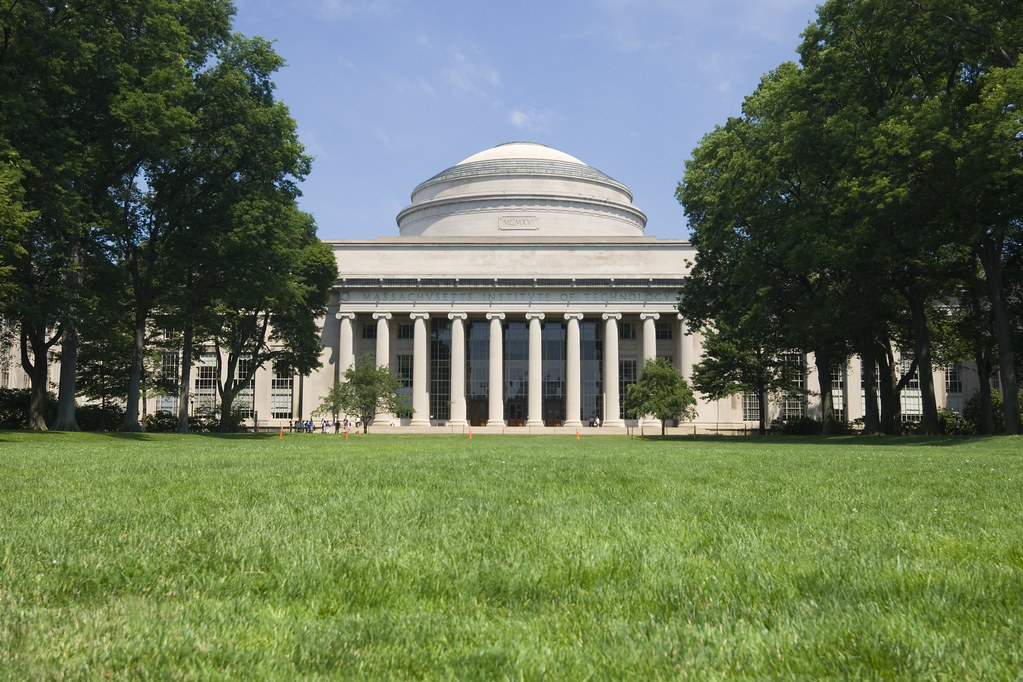
MIT Video Productions
Kendall Square in Cambridge, Massachusetts, is home to the greatest concentration of biotechnology companies in the world. Once a salt marsh on the Charles River, the now-bustling enclave surrounding the MIT campus has evolved from a desolate wasteland of empty parking lots and crumbling warehouses in the 1970s to a vibrant ecosystem of innovation: the beating heart of the nation’s biotechnology industry today.
But how did this urban rags-to-riches tale begin? How did one of Cambridge’s least-appealing areas — one locals avoided after dark for decades — become a beacon for titans of industry and innovative startups working on treatments for devastating diseases like cancer, Alzheimer’s, and diabetes?
“From Controversy to Cure: Inside the Cambridge Biotech Boom” is a new documentary film by MIT Video Productions premiering this week with showings at MIT. It tells the story of the long, largely unplanned, and often haphazard series of events in Cambridge and beyond that ignited a “bio boom” in the greater Boston region.
“This isn’t just about Kendall Square: It is a story of how, in a very unusual community, scientific breakthroughs were translated into societal benefits ... the treatment and control of disease,” says MIT Institute Professor Phillip Sharp, whose pioneering research on split genes earned him a Nobel Prize in 1993.
In 1978, Sharp and Harvard University biochemist Wally Gilbert founded Biogen, a company using the new field of recombinant DNA to develop treatments for diseases that include leukemia and multiple sclerosis. The company became the cornerstone on which biotech was built in Kendall Square, but that growth took time — and community input.
“It was important that this community was supportive of the science and the universities,” says Sharp, adding that the unprecedented research taking place in molecular biology during the 1970s made many in Cambridge uncomfortable.
In the film, he sheds light on the June 1977 Cambridge City Council hearings to discuss DNA experimentation, which led to the city council’s decision to regulate the industry. Sharp recalls Mayor Alfred Vellucci’s special hearing to grill scientists from MIT and Harvard about potential risks of genetic engineering.
“Our response to Mayor Vellucci wasn’t [Sturm und Drang] ... it was, let’s work with him. We have nothing to hide, but we think this science is very important. We thought, let’s work with the city and convince them that we are working in a prudent, transparent way. That ultimately brought us to a place where the community accepted this technology and biotech.”
Those tense hearings, along with other scenes of Kendall Square’s transformation, are brought to life in the MIT film through well-preserved archival footage. The MIT Video Productions team dusted off hours of archived video clips to take its audience back in time so that it, too, could witness the transformation of an urban district and an industry.
This ambitious project, two years in the making, was initiated by Larry Gallagher, the film’s executive producer and former senior director of MIT Video Productions. “We had recently completed a series of documentaries in support of the MIT2016 celebration and we were looking for other opportunities to produce content of historical importance. Kendall Square was booming and we knew there was a rich and fascinating story about how it all came to be,” Gallagher says. “For several years, we had been applying a generous gift by Neil and Jane Pappalardo to produce content that highlights the excellence of MIT, in all its forms. In this case, Ann and Phil Sharp joined the Pappalardos in funding the most significant documentary we have had the good fortune to produce.”
The film’s director, Joe McMaster, a former television producer at WGBH’s Nova, says advances in science and technology were only part of this story. “Even the story of the land here in Cambridge is crucial: People probably don’t realize that this area was once cleared to make way for a branch of NASA to come and conduct electronics research for the space race, a project that went away. So many unexpected factors contributed to the introduction of biotech. It’s easy to tell a story of A led to B led to C ... but that was not the case here: It’s a much more complicated, and therefore interesting, story.”
The MVP team conducted more than 40 interviews during the documentary process, and the film includes a range of voices, from biotech executives to industry newcomers. Future plans include an archive to comprise all that footage, plus the film itself, a resource that Gallagher hopes will inspire Kendall Square’s next generation of innovators.
Among those interviewed is Susan Whitehead, vice chair and life board member of the Whitehead Institute for Biomedical Research, who told the story of her father Jack Whitehead’s $150 million contribution to the institute. She credits the film with shining a light on biotech’s early innovators and investors. “Biotech is slow tech,” Whitehead explains. “And slow tech found a hospitable environment here. Twenty-five years ago, Kendall Square had no Novartis or Pfizer or Bristol-Myers Squibb — but there was an appetite for research plus the patience to nurture it — and industry has followed.”
“People are interested in the history of societies,” says Sharp. “Here is a major fundamental advance in our science and how our society solves problems. It’s fortunate that in this day and age, with media and people living longer, that this video has been able to capture that moment — to show how science had to move through a series of events to create new ways of solving problems.”
Film looks at how Kendall Square became a beacon for industries working on treatments for diseases like cancer, Alzheimer’s, and diabetes.
